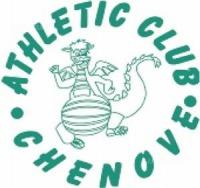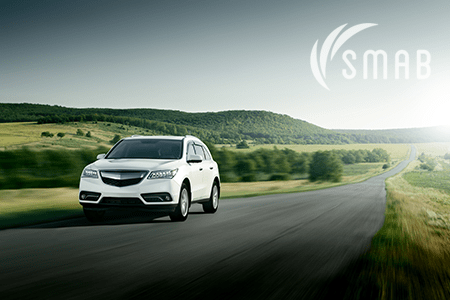Nos valeurs
La SMAB (Société Mutuelle d’Assurance de Bourgogne) est une Mutuelle régionale indépendante dont le siège est basé à Dijon, et qui a la particularité d’appartenir à ses assurés.
Depuis plus d’une centaine d’années nous privilégions la qualité de la relation humaine et le principe de mutualité.
Afin de toujours proposer un service de qualité, et un confort optimal à nos sociétaires, nous avons pris la décision de nous engager à :
- Traiter les demandes sous 48 h
- Traiter les réclamations sous 48 h
- Proposer un rendez-vous sous 48 h
- Proposer de nouveaux services adaptés aux différents besoins








